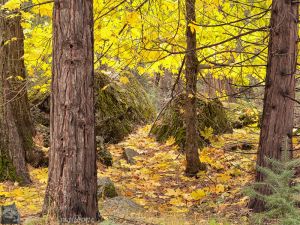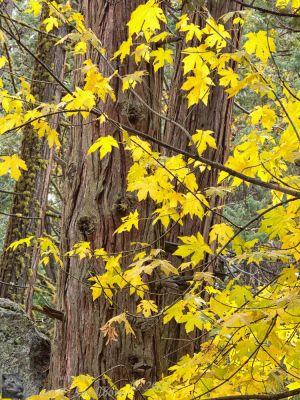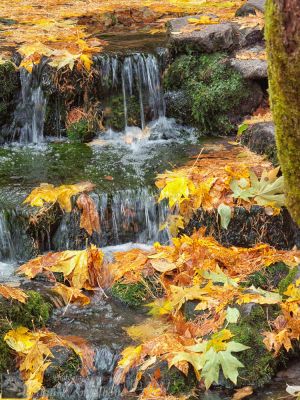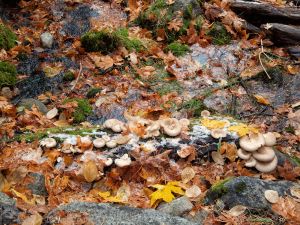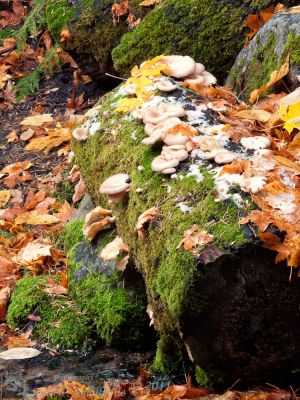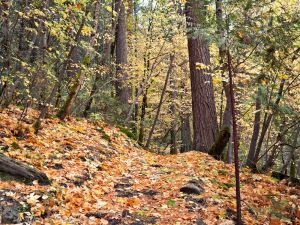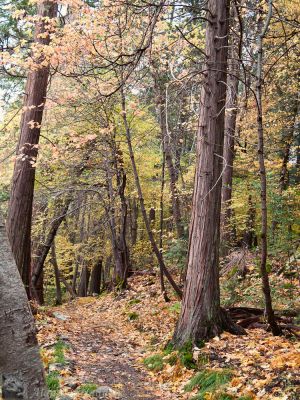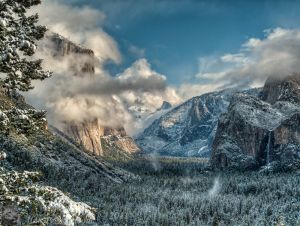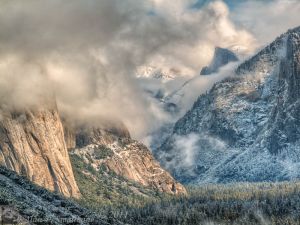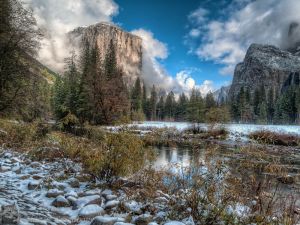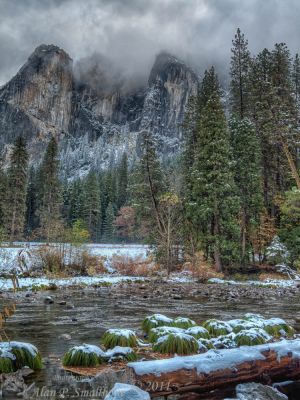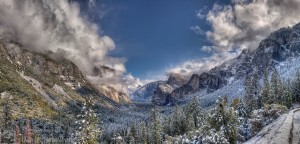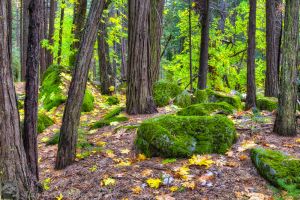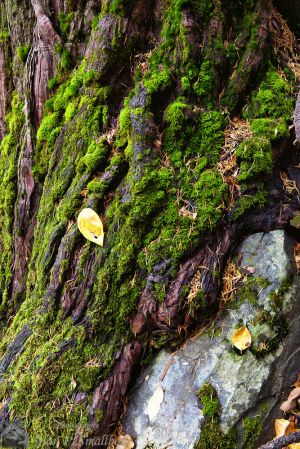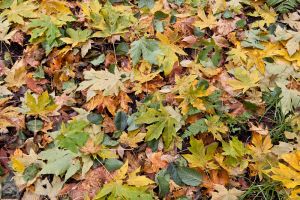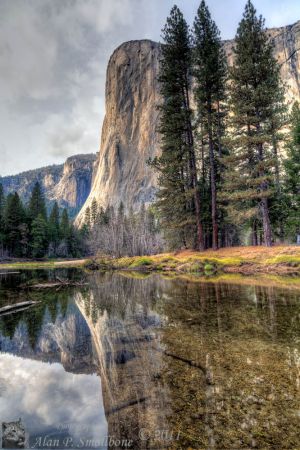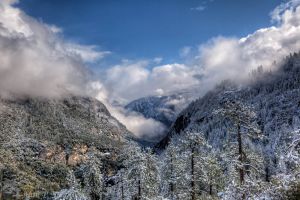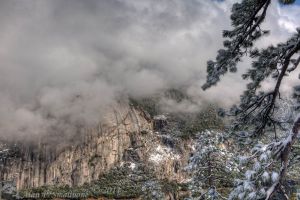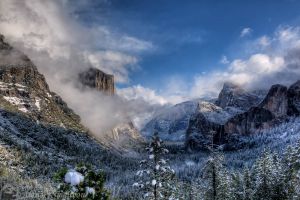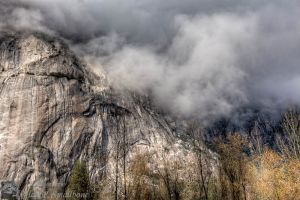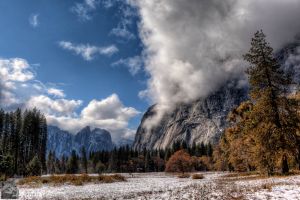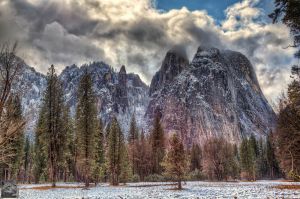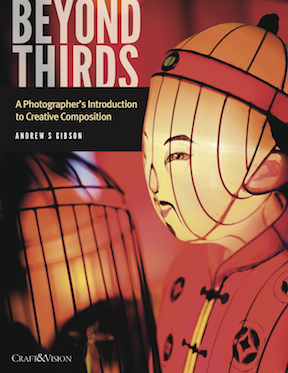Well you have seen some of my images, here are some of Barbara’s images. Barbara is a not only my wife, friend and travel companion. She also has a very good eye for photography. It really is nice that she also shares an interest in photography, it sure makes the “photography trips” a lot more enjoyable. So I really am a lucky person! She enjoys using her Canon G-10 point and shoot and as you can see she does quite well with it. Please feel free to comment, or “like” the post. Enjoy.
-
Recent Topics
Calendar
Categories
Tags
Astronomy astrophotography CA Colorado commentary composition desert Eastern Sierra ebook fall fall colors flowers Fuji X-series gardens gear HDR image of the week Laguna Beach landscapes Los Angeles macro moon Mt. Whitney nature night photography opinions Page panorama panoramas photography Printing reviews sandstone San Juan Mountains sharpening snow Sun sunset Vision winter X-E2 X-Pro 1 X-T1 Yellowstone NP YosemiteRecommended Links

